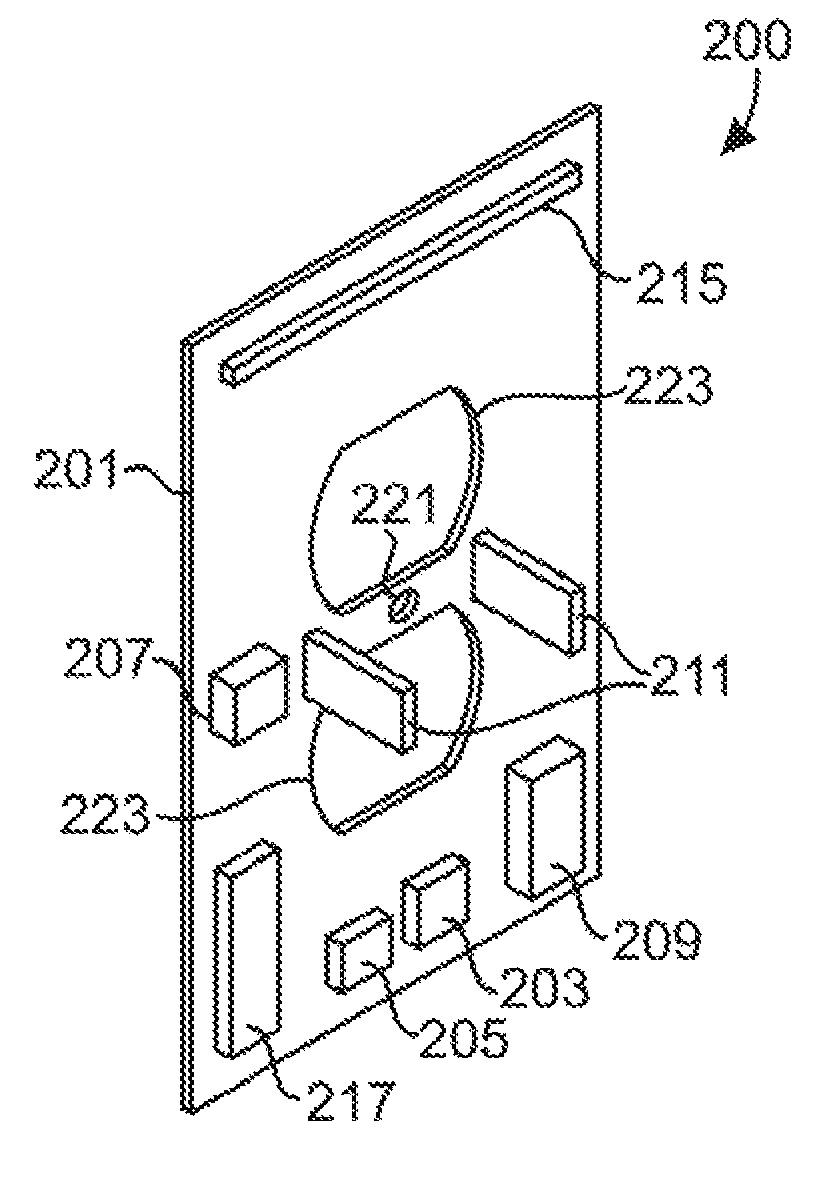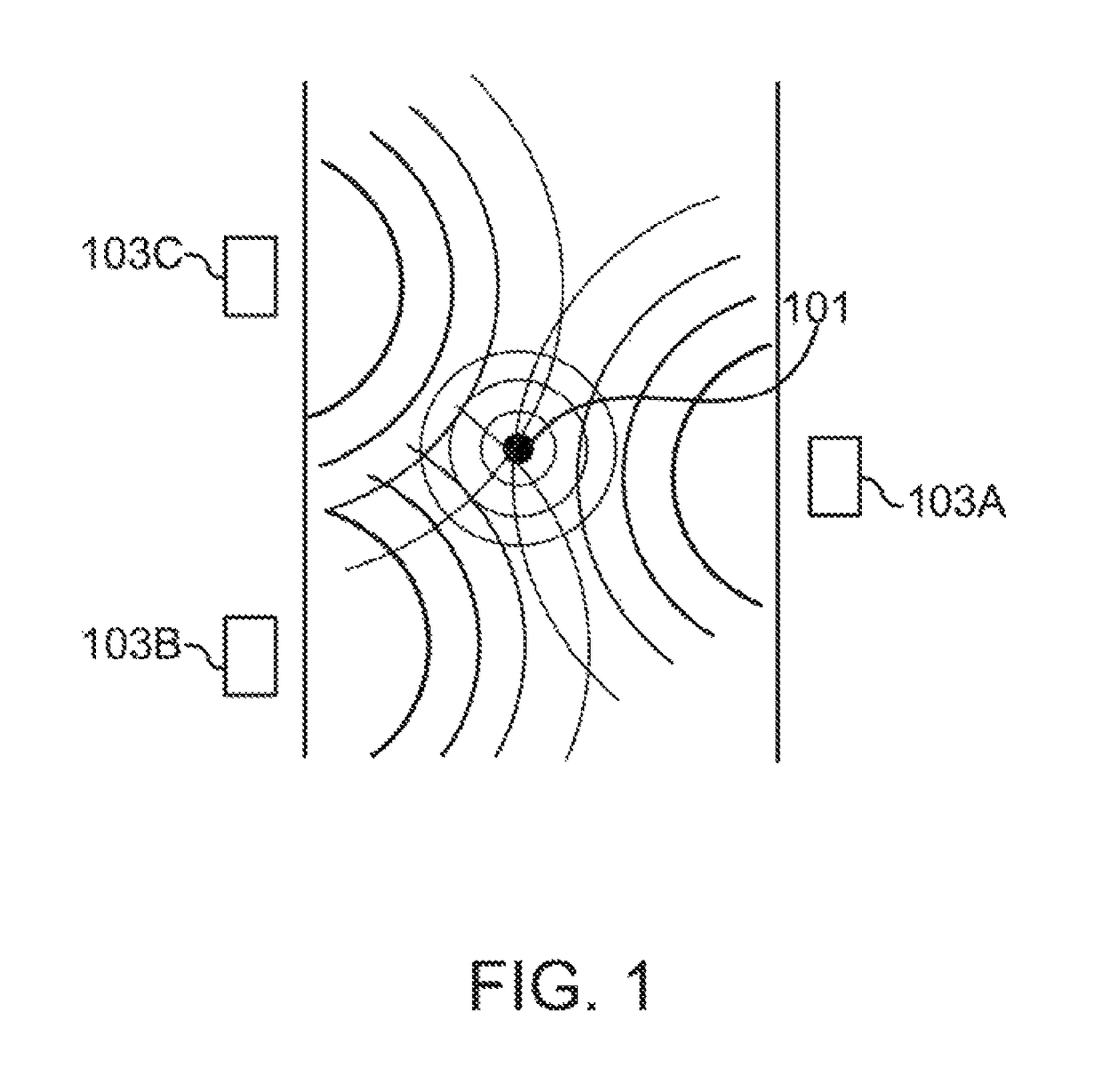Electrical monitoring and network enabled electrical faceplate
a network enabled and electrical faceplate technology, applied in the direction of heat measurement, optical radiation measurement, instruments, etc., can solve the problems of large enterprise, high cost and high invasiveness of installing such sensors at every electrical using object with traditional systems, and the general penetration of home technologies in many industries and commercial establishments
- Summary
- Abstract
- Description
- Claims
- Application Information
AI Technical Summary
Benefits of technology
Problems solved by technology
Method used
Image
Examples
Embodiment Construction
)
[0054]The following detailed description and disclosure illustrates by way of example and not by way of limitation. This description will clearly enable one skilled in the art to make and use the disclosed systems and methods, and describes several embodiments, adaptations, variations, alternatives and uses of the disclosed systems and methods. As various changes could be made in the above constructions without departing from the scope of the disclosures, it is intended that all matter contained in the description or shown in the accompanying drawings shall be interpreted as illustrative and not in a limiting sense.
[0055]Combining capabilities for asset tracking and power monitoring into a mesh network enabled wireless device and non-invasive installation package could provide for a solution. The systems and methods described herein capitalize on the advances in sensing technology and wireless networking to provide for power monitoring and ground-truth field for an opt-in asset tra...
PUM
| Property | Measurement | Unit |
|---|---|---|
| carrier frequency | aaaaa | aaaaa |
| response time | aaaaa | aaaaa |
| carrier frequency | aaaaa | aaaaa |
Abstract
Description
Claims
Application Information
 Login to View More
Login to View More - R&D
- Intellectual Property
- Life Sciences
- Materials
- Tech Scout
- Unparalleled Data Quality
- Higher Quality Content
- 60% Fewer Hallucinations
Browse by: Latest US Patents, China's latest patents, Technical Efficacy Thesaurus, Application Domain, Technology Topic, Popular Technical Reports.
© 2025 PatSnap. All rights reserved.Legal|Privacy policy|Modern Slavery Act Transparency Statement|Sitemap|About US| Contact US: help@patsnap.com



